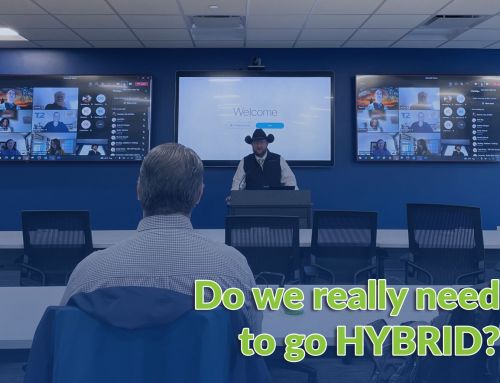The one year anniversary for the mass shooting at the Route 91 Harvest music festival on the Las Vegas Strip was earlier this week. Just a few weeks ago, events had to be moved, postponed or cancelled due to Hurricane Florence devastating the shores of North Carolina. In today’s uncertain world of active shooters and natural disasters, safety is at the forefront of everything. Disaster has become a part of our daily life; as event planners, we have a responsibility to ensure the safety of our attendees and staff. We take this responsibility seriously and curate a safety plan specific to each of our events.
The task of developing a safety plan can be overwhelming. Where does a person begin? Thankfully, most of us won’t ever see a horrific event. While some of the safety concerns we face daily aren’t earth bending, they can be serious. The chances of an attendee spilling hot coffee on themselves, tripping over a cord, or a fire alarm going off on-site are everyday safety concerns for a meeting planner. Your safety plan should be simple and match the threat (size, subject, etc.) of your event. Begin with the basics. (Tip: Your safety plan should not draw attention to or create a sense of panic.)
Here are a few tips to help with the safety/emergency basics:
Venue Layout. Review the venue layout and make sure you and your event staff know the location of all meeting rooms, exits, staircases, elevators, and AED (automated external defibrillators) unit (if one is on the premises). This information should also be provided to attendees whether it is via a printed map or on your event app.
Venue Emergency Plan. Ask to see your venue’s emergency plan. They may decline to let you have a copy or to let you read it, but it doesn’t hurt to ask. Venues with an emergency plan in effect are more likely to help you develop one for your event. This allows you to tap into their local onsite expertise.
Onsite Security. Does your event need or require on-site security guards?
Exit Strategy. What is your event exit strategy depending on the emergency?
Onsite Hazards. Once on-site, look for potential hazards. For example – Are cords covered? Are displays, stages, and tables secured? Are emergency exits open, well-marked, and ADA accessible? Are the fire extinguishers and AED units accessible? Are you at meeting room capacity, etc.?
First-Aid Kit. Pack an on-site first-aid kit to match your event. (Does your event need an aid station?)
Chain of Communication. Communication! What is the chain of communication? Is there medical care on-site? Who do you call if medical attention is needed? Never hesitate to call 911. It is a medical responder’s job to respond to your call and they are more than happy to assist whether they end up transporting the person to the hospital or not.
Attendee List. Depending on your registration system, have a final attendee list readily available with their emergency contact information.
Help. Know when to ask for help. If you have a very large event with a high level of threats, consider hiring an event health and safety consultant.
Obviously, the list could go on, but just adding this basic safety plan into your planning process is a great launch pad for your event’s safety. Hopefully, the most we ever have to do is dig into our first-aid kits for papercuts and headaches.
About the author:
Autumn Gilleard, was born and raised in Western Montana Autumn lives on a ranch with her husband, two daughters, and son. She enjoys spending time in the outdoors with her family 4-wheeling, fishing, rafting, and hiking. When not out on a adventure with her family, you can find her at the Missoula Taekwondo Center. Where she trains as a black belt and part of a competition team. (She is Worth the Fight……Hahahahah)








